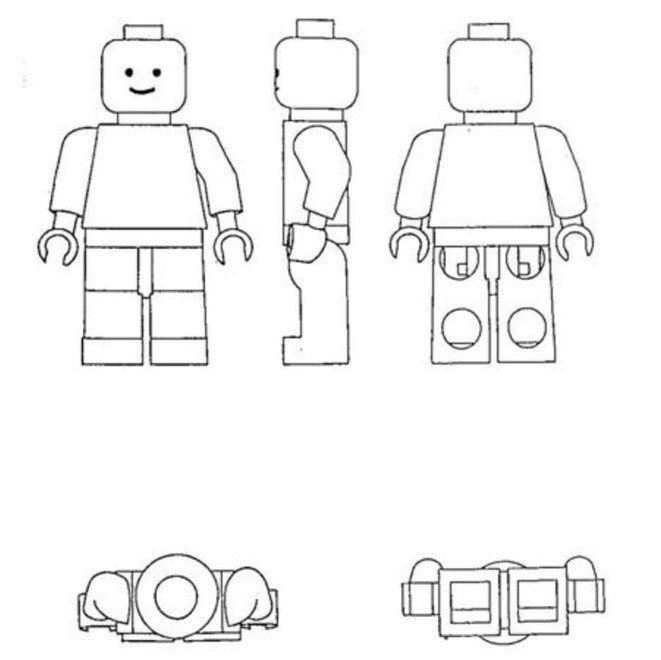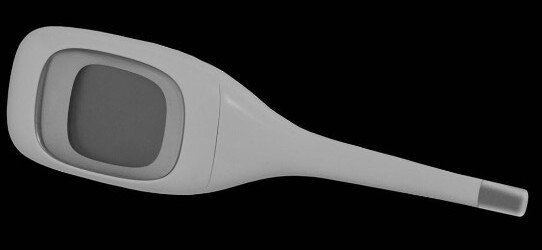The physical appearance of a product is often critical to a business's commercial success—think of the iconic Coca-Cola bottle or the classic Fender guitar
played by Jimi Hendrix. Many product owners thus seek to protect the valuable shape of their products as intellectual property.
Like brand names, words and logos, 3D product configurations are subject to trademark protection in Japan, but the situation is far from simple, as a famous international toymaker recently found out.
Three-dimensional trademarks
The Japanese Trademark Act states the following on 3D shape marks:
Japanese Trademark Act, Art. 2(1): A trademark may be "any character, figure, sign or three-dimensional shape
or color, or any combination thereof; ….. used by a person in connection with a good (or services) that the person provides or certifies as its business.
Thus, in general, the appearance of a product, such as a shape or 3D shape, is registrable as a trademark in Japan
However, like other trademarks, the 3D mark must be 'distinctive' in the eyes of consumers and not merely “descriptive” of the general shape/configuration of the designated goods or services (or packaging thereof).
JPO examiners will often reject 3D mark applications on this basis, according to Article 3(1)(iii) of the
Japanese Trademark Act:
Any trademark used in connection with goods or services pertaining to the business of an applicant may be registered, unless the trademark: ..... (iii) consists solely of a mark indicating,
in a common manner, …. the place of origin, place of sale, quality, raw materials, efficacy, intended purpose, shape (including shape of packaging......
That is, 3D marks will be dismissed if they consist solely of elements indicative “in a common manner” of a shape/configuration determined by the nature of the goods and services (or packaging thereof) themselves as recognized by consumers, or consists exclusively of the shape of goods necessary to achieve a technical result or function.
Trademark examination guidelines
The JPO is particularly strict when assessing whether 3D marks "go beyond the scope of the descriptive shape of goods" and are thus registerable.
Examination Guidelines for Trademarks, Part I, Chapter 5, Section 4 (1):
(a) Where a 3D shape is acknowledged to be adopted for the purpose of contributing to a function or the aesthetic appeal of the designated goods, etc., …. the 3D shape is deemed to not go beyond the scope of the descriptive shape of the designated goods.
(b) Even where a 3D shape has features that have been uniquely changed or decorated, it will still be deemed as not going beyond the scope of the descriptive shape of the designated goods, in the case where consumers would perceive these changes is for a purpose of contributing to a function or the
aesthetic appeal of the designated goods.
In other words, 3D marks that simply contribute to the function or aesthetic appeal of the goods in question are deemed inherently descriptive.
As you will probably deduce, distinctiveness is thus a difficult requirement to meet from the get-go. Consumers will not ordinarily conceive a 3D mark they were previously unaware of as a source indicator/origin of the designated goods or services.
LEGO case
In a famous case concluded earlier this year, the Japanese appeal court rejected Danish toymaker
LEGO's bid to register the 3D shape of its well-known play figure under Class 28 (toys, building games) on the grounds that it did not "go beyond the scope of the descriptive shape of goods".
Acquired distinctiveness
As with other trademarks, descriptive 3D marks can become distinctive over time due to consumers coming to recognize the mark as having a source indicating function or "secondary meaning".
Japanese Trademark Act, Art. 3(2):
Notwithstanding the preceding paragraph, a trademark that falls under any of items (iii) through (v) of the preceding paragraph may be registered if,
as a result of the use of the trademark, consumers are able to recognize the goods or services as those pertaining to a business of a particular person.
Trademark applicants often appeal against rejections based on lack of distinctiveness by arguing that their marks have “acquired” distinctiveness.
Acquired distinctiveness can be proven by evidence that consumers associate the goods or services as those pertaining to a business of a particular person (the mark's owner) due to the extensive use or market share, etc. of the mark. This evidence could be in the form of consumer surveys, sales figures or previous litigation in protecting the owner's marks or brands.
Acquired distinctiveness for 3D marks?
Convincing examiners that a 3D mark has acquired distinctiveness seems particularly onerous according to past cases at the JPO.
Consider the
LEGO case above:
LEGO
appealed based on acquired distinctiveness, but failed to overturn the original decision. This is despite the fact (as LEGO argued in the appeal) that (i) they had already successfully registered substantially similar 3D shapes in the US, UK, China, South Korea, Peru, Russia, Turkey, Ukraine, Saudi Arabia, Chile and Denmark in relation to Class 28 goods, and (ii) their 3D figure is “widely known to consumers in countries around the world” (as the writer of this article can testify!).
Omron case—Acquired distinctiveness on appeal
In 2019, there was another well-known case in which
Omron, a Japanese healthcare manufacturer, successfully argued at appeal that the shape of its 3D digital thermometer (TM6197317) had acquired distinctiveness amongst consumers due to it having a near-dominant market share and being sold for ten years previously.
The 3D mark had initially been rejected under Art. 3(1)(iii) as being a generic shape, unlikely to be conceived as a source indicator of the designated goods.
The appeal board overturned that decision, finding the 3D mark (and its packaging) to be registrable under Art. 3(2) since there was ample evidence of the uniqueness of the shape as a source indicator of Omron's marketed thermometers due to Omron's promotion and IP protection activities in the market over a long period.
Other possible forms of protection
The appearance or ornamental shape of a product can also be protected by
design rights. Like trademarks, designs should not encompass a function or technical feature of the product. However, whilst designs don't need to be distinctive, they must be novel (new)—any designs that are already known will be rejected by the JPO.
A
utility model
may also be sought if the configuration has functionality, as long as it can be defined as a device that is novel and has technical features to solve a technical problem.
Unregistered shape marks, including certain configurations of goods, may also be protected by
unfair competition laws, but this is not within the scope of our IP business. In this case, mark owners can pursue damages/injunctions for (i) negligent or intentional use of a mark that is well-known to consumers as identifying goods or (ii) imitation of a configuration of a good that is likely to confuse consumers.
Conclusion
Given the above, it is not easy to register a product configuration (3D shape) based on distinctiveness in Japan. At the very least, applicants should be prepared for stubborn JPO decisions and be ready with compelling evidence of widespread familiarity with the mark, the uniqueness of the shape as a source indicator, and proof of substantial use over a period of time, etc.
KIPB Trademark & Design Team
If you need more information on registering or protecting your 3D marks (or any of your trademarks) in Japan, our dedicated trademarks and designs team will be pleased to help. Please get in touch with us at any time.
















